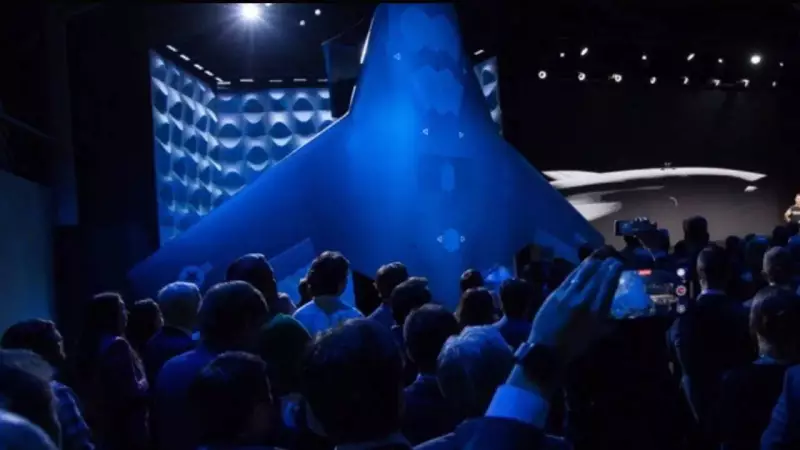
In a groundbreaking development that could redefine modern warfare, the United States Air Force has successfully tested the world's first AI-powered fighter jet designed to operate without human pilots or conventional runways. The XQ-58A Valkyrie represents a monumental leap in military aviation technology.
Revolutionary Design and Capabilities
The Valkyrie isn't just another drone - it's a sophisticated combat aircraft with advanced artificial intelligence at its core. What makes this aircraft truly revolutionary is its ability to:
- Operate completely autonomously without human pilots in the cockpit
- Take off and land without requiring traditional runways
- Make complex combat decisions using AI algorithms
- Function as a loyal wingman to manned fighter jets
Successful Test Flight Milestone
The recent three-hour test flight conducted by the US Air Force and Kratos Defense marks a significant milestone in military aviation history. During this demonstration, the AI-powered jet showcased its ability to perform complex maneuvers and execute missions that would challenge even experienced human pilots.
This breakthrough represents the most significant advancement in military air power since the invention of stealth technology, potentially changing the face of aerial combat forever.
The Future of Aerial Warfare
Military experts believe the Valkyrie could serve multiple crucial roles in future conflicts:
- Acting as an intelligent wingman to manned aircraft like F-35s and F-22s
- Performing high-risk missions too dangerous for human pilots
- Providing affordable air power solutions compared to traditional fighter jets
- Operating in swarms to overwhelm enemy defenses
The development of AI-powered combat aircraft raises important questions about the future of aerial warfare and the role of human pilots in increasingly automated battlefields.
Global Implications
This technological breakthrough positions the United States at the forefront of autonomous military aviation, potentially sparking a new arms race as other nations scramble to develop similar capabilities. The successful test flight demonstrates that the era of AI-driven air combat is no longer science fiction - it's happening now.





